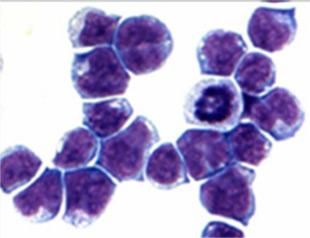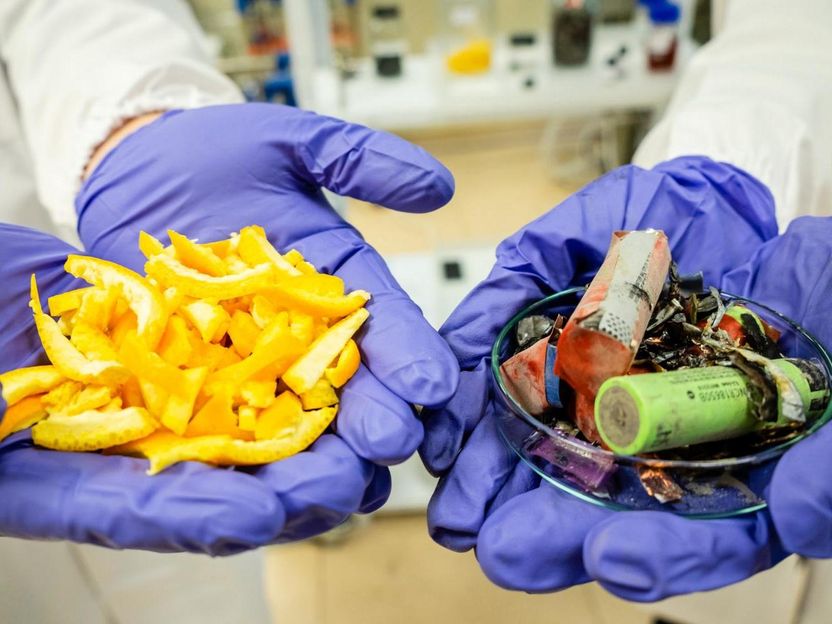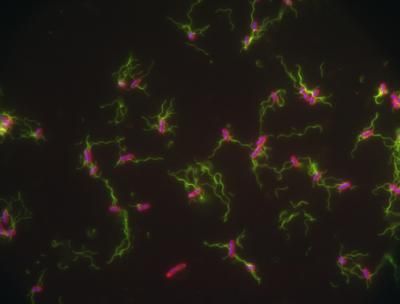Photocure announces results from phase II study in acne with Visonac
Photocure announced results from its phase II study in acne with Visonac(TM) in combination with its new full face acne lamp. The efficacy results received in the last phase II study in acne with a simplified VisonacTM procedure were not as good as phase II results previously obtained with VisonacTM .
The study was initiated following discussions with the US Food & Drug Administration (FDA) in 2009, during which the agency requested additional clinical data on paediatric patients (aged nine and above). The trial was conducted with a simplified Visonac(TM) treatment procedure compared to previous studies, with Photocure's new full-face acne lamp, the CL 512 photodynamic therapy (PDT) lamp.
The placebo controlled study included 107 patients at 11 clinical centres in the US and Canada. All patients were treated four times with two week intervals. The treatment procedure consisted of Visonac(TM) cream applied on acne affected areas and incubated for 1.5 hours without covering the treatment site with a plastic film to enhance skin absorbtion of the active ingredient (known as occlusion). This was followed by illumination of nine minutes 15 seconds by the new full face lamp.
The primary endpoints for the trial were a reduction in lesion count and treatment success six weeks after the last treatment. The results showed a median reduction of 39.8% for the inflammatory lesions and 36.3% for the non-inflammatory lesions after Visonac(TM). While the reductions observed in the Visonac(TM) treated group were higher than in the placebo group, it did not reach a significant level. In line with previously reported phase II studies, this study documented the favourable side-effect profile of the Visonac(TM) procedure in patients down to nine years with low frequency of pain and erythema.
These reductions in lesion counts were lower than previously reported in a previous phase II Visonac(TM) study which included occlusion, where the median reduction for inflammatory lesions was 57.0% and for the non-inflammatory lesions was 47.0%, and in which there was a significant difference compared to placebo treated patients.
Photocure performed a subgroup analysis in this recent phase II study of patients with moderate to severe acne that had previously received oral antibiotics. This is the population that Photocure has identified as the most appropriate target population, and one where there is an increasing medical need for new treatment options. Of this subgroup, approximately 40% of the patients had been previously treated with oral antibiotics with low or no effect on their acne. The results in this population demonstrated a promising benefit of Visonac(TM) treatment compared to more naïve patients. For these patients, where the only treatment option is repeated oral antibiotics treatment or oral isotretinoin, there is a clear need for a new treatment such as Visonac(TM).
Photocure are considering the options for the further development of Visonac(TM), and plan to present these plans in the third quarter 2010. It believes that promising data from previous studies, including the results in a major subpopulation, demonstrates the potential of Visonac(TM) as a new treatment for patients with moderate to severe acne with a favourable side-effect profile.
Most read news
Topics
Organizations
Other news from the department research and development

Get the life science industry in your inbox
By submitting this form you agree that LUMITOS AG will send you the newsletter(s) selected above by email. Your data will not be passed on to third parties. Your data will be stored and processed in accordance with our data protection regulations. LUMITOS may contact you by email for the purpose of advertising or market and opinion surveys. You can revoke your consent at any time without giving reasons to LUMITOS AG, Ernst-Augustin-Str. 2, 12489 Berlin, Germany or by e-mail at revoke@lumitos.com with effect for the future. In addition, each email contains a link to unsubscribe from the corresponding newsletter.
Most read news
More news from our other portals
Last viewed contents
Millipore and Proteome Sciences Announce Licensing Agreement

Researchers identify potential new leukemia drug target

Researchers develop “time machine for biodiversity” - AI shows species decline in a swimming lake
Scripps scientists develop test providing new pathway for identifying obesity, diabetes drugs
Research on crucial cutting enzyme maps sites of DNA damage in leukemias and other cancers
Scientists identify DNA alterations as among earliest to occur in lung cancer development
Merck Settles Patent Infringement Case for Zetia (ezetimibe)
Merck awards its 2017 Grant for Fertility Innovation (GFI) to research projects - Professor Lunenfeld honored with Merck Lifetime Achievement Award






















































